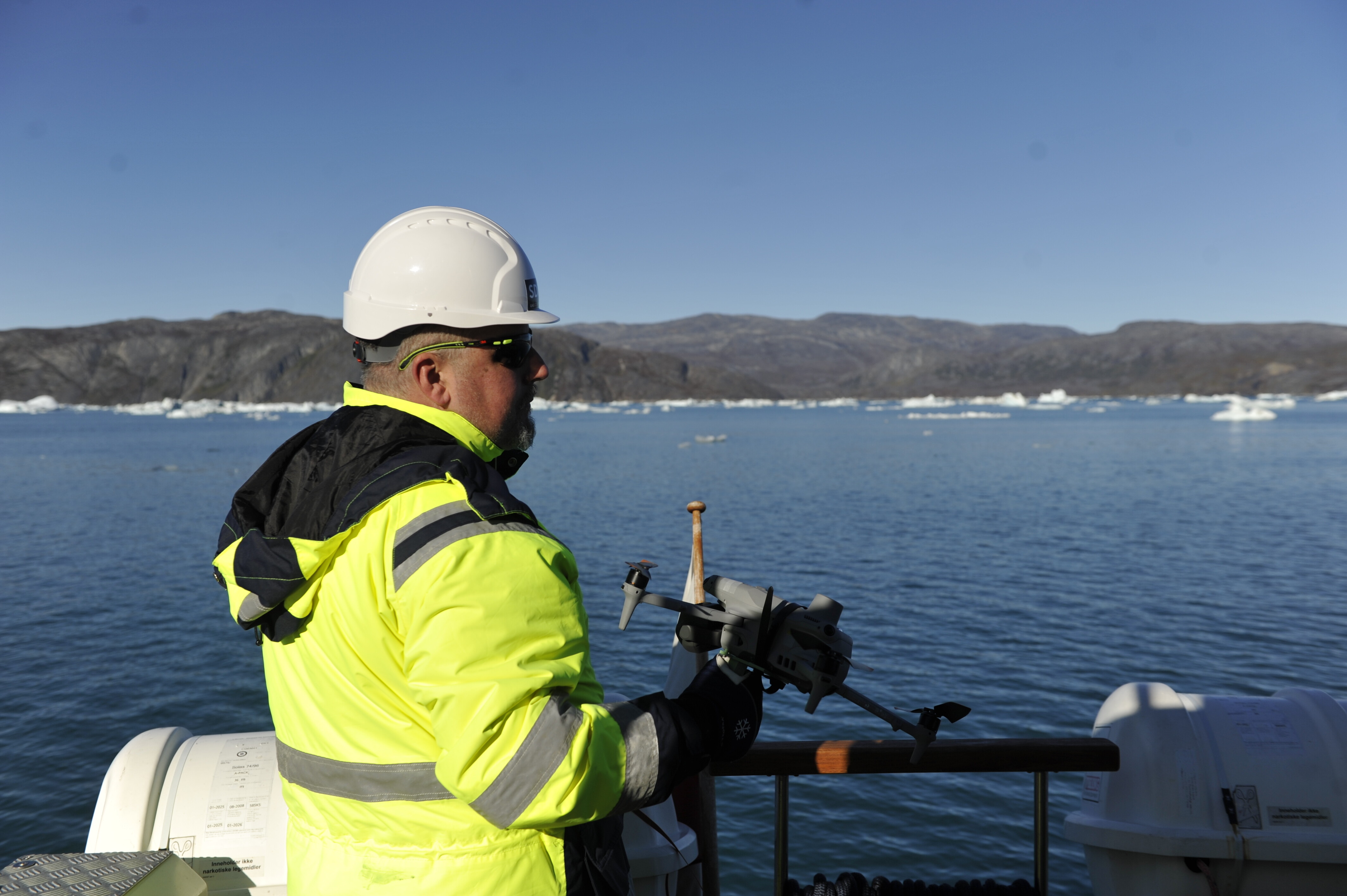Zero carbon by 2050 is possible. Here's what we need to do

Cement is one of the so-called “harder to abate” sectors of the economy which pose a challenge to zero carbon Image: REUTERS/Ahmad Mousa
The collapsing cost of renewable electricity and batteries means that the world can now plan to decarbonize electricity generation far more rapidly, and at a lower economic cost than seemed possible 10 years ago. Via green electrification, we can achieve zero carbon in many other sectors of the economy – such as most of the manufacturing, residential heating, and road transport.
But that leaves the challenge of how to decarbonize the so-called “harder to abate” sectors of the economy where direct electrification will, in some cases, be either impossible, more difficult, or significantly more costly. These are heavy industrial sectors such as steel, cement, chemicals and aluminium, and long-distance sectors such as shipping, aviation and long-distance road transport.
Together these account for about 30% of all emissions but, as we decarbonize power and many other sectors, this proportion will rise. To achieve the zero carbon economy we need to contain harmful climate change, we must have a strategy to eliminate emissions from these harder sectors.

A way out to resolve the zero carbon challenges
The good news – which the Energy Transitions Commission (ETC) has set out in its recent Mission Possible report – is that it is undoubtedly technically possible to achieve zero emissions in each of these sectors, without assuming the development of entirely new and currently unknown technologies, and with only a very small impact on global growth and living standards.
Steel production can be made zero carbon by using hydrogen rather than coking coal as the reduction agent or by applying carbon capture and storage/use (CCS/U) to blast furnace operations. Chemical emissions could be reduced and eventually eliminated via dramatic increases in plastics recycling, using existing plastics or biomass as feedstock for new production, through the electrification of cracking furnaces, CCS or new electrochemical processes.
Battery-powered electrification and hydrogen will be important technologies for short distance shipping and aviation; long distance aviation could be fuelled by biofuels or synthetic fuels which are almost precisely chemically equivalent to conventional jet fuel; and marine engines for long-distance ships could burn either ammonia (made from green hydrogen produced via electrolysis), or biofuel.
In the trucking sector a switch to electric engines, whether powered by batteries for shorter distances or hydrogen fuel cells at longer, will almost certainly deliver decarbonisation at zero or negative costs, given the inherent efficiency advantage of electric engines versus internal combustion engines. But in some other harder to abate sectors, zero carbon solutions are likely to add some costs. In cement, for instance, CCS/U will almost certainly be required to capture the process emissions arising from the chemical reaction, and adding this step on to the process is bound to add cost.
Accelerating Climate Action
The cost implications for the intermediate (rather than end customer) products sold by most of these sectors could be significant. Producing zero carbon steel could add 20 to 25% to the cost of a tonne. But in all sectors except one the impact on consumer prices and therefore consumer living standards will be trivial. The cost of an automobile made from green steel, or of a pair of jeans shipped in a zero-carbon fashion, would be no more than 1% higher than the old high-carbon product.
The one exception is aviation, where improvements in energy efficiency will probably enable zero-carbon flight to be delivered in 2050 at prices equal to or below today’s level, but where that price will still be appreciably above what it could have fallen to if we continued to use conventional jet fuel.
The potential roadblocks
The world can therefore aim for a zero carbon economy by mid-century confident that it is technically feasible and economically affordable.
But on current trends we will fall far short of this objective, and we will not achieve it without forceful public policy, major new investment, and strong industry leadership.
The technologies we need are known, but some require significant further development before commercial application and large-scale deployment is possible, and we have little time left: given the long life of many industrial capital assets, large new investments in new technologies must be made in the 2020s, to make full decarbonization possible by 2050.
Problems of supply and demand interaction must also be overcome to unleash the large-scale production of key inputs and resulting cost reduction. Aviation companies will not commit to large-scale use of biofuels or synfuels unless certain that large-scale supply will soon be available, but the biofuel or synfuels producers need to know that large-scale demand will be forthcoming before making large investments.
Carbon prices, or regulations which achieve the equivalent effect, will be required across almost all these sectors, but if they are only applied in one country, producers located there will be disadvantaged versus their international competitors. As a result, progress towards adequately high carbon prices has been far too slow.
Major customers could play an important role in creating demand for green products and services. If auto manufacturers committed to making automobiles from low and eventually zero carbon steel, or major retailers to use freight services only from shipping companies driving emissions reduction, they could provide a major impetus for change and potentially gain customer branding advantage. But while initiatives of this sort are now developing, most are still at an early planning stage.
It is essential to achieve a rapid acceleration of progress, going beyond analysis of what is feasible, to the actions required to get there faster. To that end, the ETC and the World Economic Forum are launching the “Mission Possible Platform” which is a platform of seven sectoral initiatives (for trucking, shipping, aviation, steel, aluminium, chemicals and cement), each one bringing together a leading group of corporate leaders from the respective value chains committed to accelerate progress towards net-zero emissions.
This programme will define for each sector the roadmap of what has to happen by when to make zero carbon by mid-century possible. It will identify the most powerful levers, whether public or private, which could drive rapid transition in each specific sector; and it will engage in detail with companies, sectoral organizations and governments, seeking to encourage and secure commitments to action, building on the significant emission reduction commitments that some leading companies are now making.
If sufficiently forceful action is taken over the next few years and sustained over the next three decades, a zero carbon economy by 2050 can be achieved.
Don't miss any update on this topic
Create a free account and access your personalized content collection with our latest publications and analyses.
License and Republishing
World Economic Forum articles may be republished in accordance with the Creative Commons Attribution-NonCommercial-NoDerivatives 4.0 International Public License, and in accordance with our Terms of Use.
The views expressed in this article are those of the author alone and not the World Economic Forum.
Stay up to date:
Climate Crisis
Forum Stories newsletter
Bringing you weekly curated insights and analysis on the global issues that matter.
More on Climate Action and Waste Reduction See all
Wee Kean Fong and Yvonne Zhou
November 19, 2025







